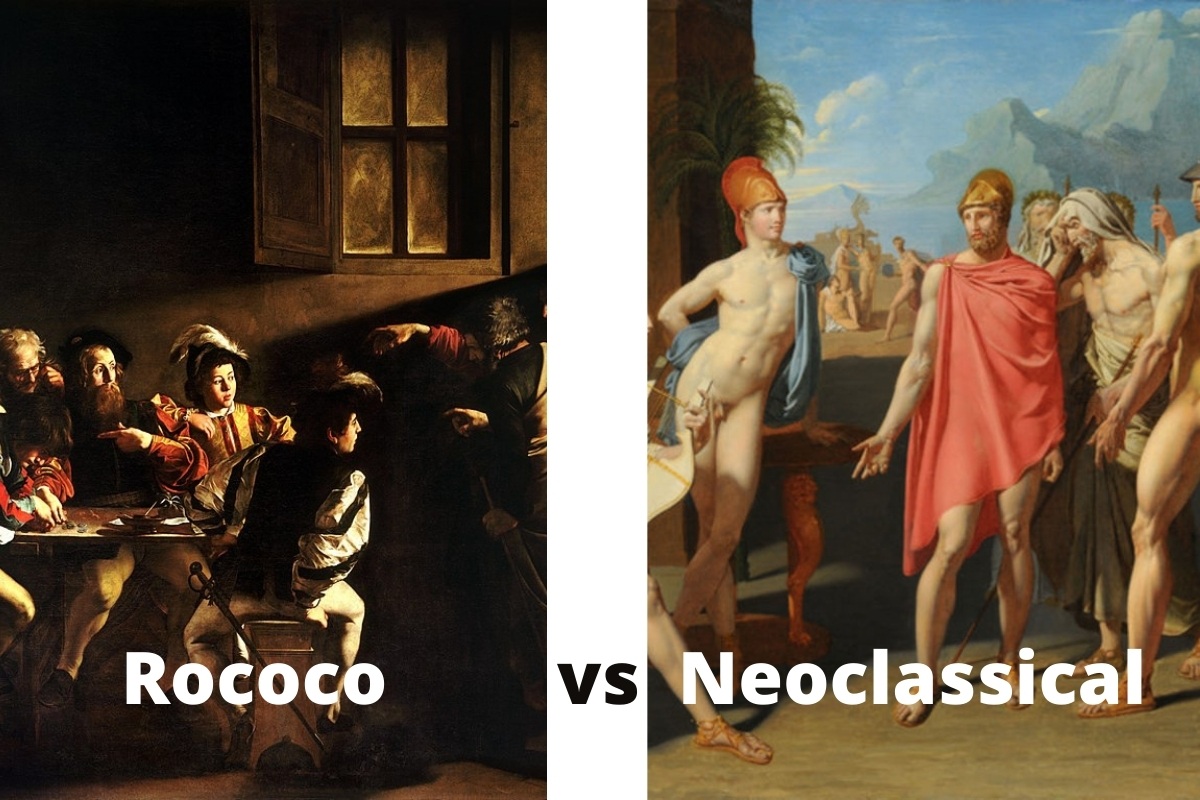The art movements of the Rococo and Neoclassical movements featured a few styles of painting that followed after one another in terms of the specific time periods, but the two forms of artistic expression had much more differences than similarities.
These art styles originated beginning in the 17th and 18th centuries and represented a social climate in Europe and other parts of the world that was shifting away from the methodical structure of the Catholic Church’s influence over society and towards a more loose and carefree attitude that was less rigid.
The artists and works created during the Rococo and Neoclassicism time periods of art history had a great deal of influence over the movements that would later follow after them.
The world events and leaders that played a major role throughout history during this era was one that is remembered for the manner in which art reflected the sentiments of societies during this time.
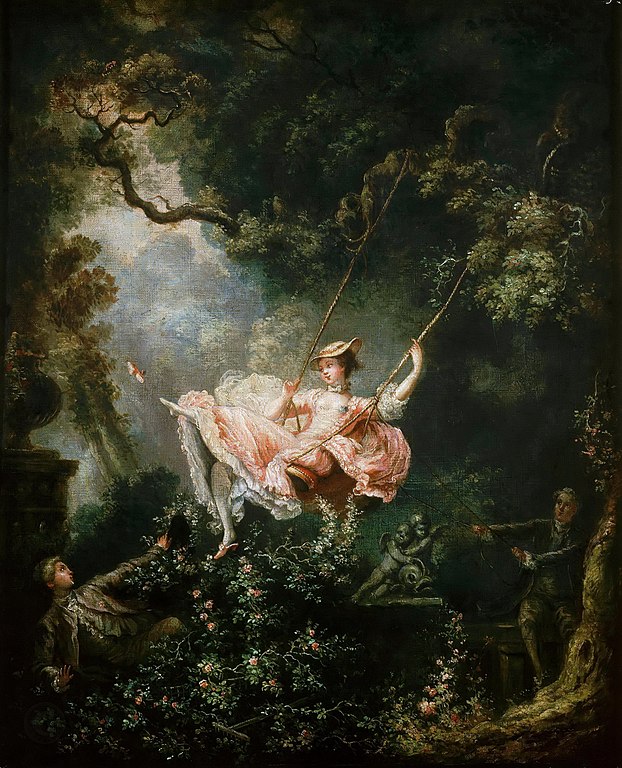
Both Rococo and Neoclassicism had one striking similarity which is tied to the fact that each art style closely resembled the mindset of the general public and their association—whether close or distant—from that of the Catholic Church.
In this article, we will explore the similarities and differences of the Rococo and Neoclassicism periods to gain a better understanding of the driving force behind each style.
We will also look closer at the implications that came about as a result of the shifts in attitudes of the general public in these times and how these attitudes shaped the expressions of artists from both movements.
| Aspect | Rococo | Neoclassical |
|---|---|---|
| Time Period | Early to mid-18th century | Late 18th to early 19th century |
| Style | Ornate, decorative, pastel colors, asymmetrical | Simple, classical symmetry, clean lines |
| Subject Matter | Lighthearted, romantic, mythological | Historical, classical mythology, virtue |
| Influences | Baroque, aristocratic tastes | Classical antiquity, Enlightenment |
| Artists | Jean-Antoine Watteau, François Boucher, Jean-Honoré Fragonard | Jacques-Louis David, Antonio Canova, Jean-Auguste-Dominique Ingres |
Rococo vs Neoclassical
The main differences between Rococo and Neoclassical art is that rococo paintings were much more ornamental and theatrical in style whereas neoclassical drew inspiration from classical antiquity with more muted color palettes and stuck to much stricter classical lines and symmetry.
Rococo Movement Overview
The Rococo movement, like so many other art styles that have come and gone before and after it, originated in France.
The basis of the Rococo era is said to have started in the early 18th century as artists of the day were beginning to seek new means of expression and project different viewpoints than the Baroque period that had been the more prominent art style in Europe up until this point.
According to art historians, the Rococo movement is one that is characterized by its elaborate, swirling theatrical styles that were largely similar in some ways to the Baroque period.
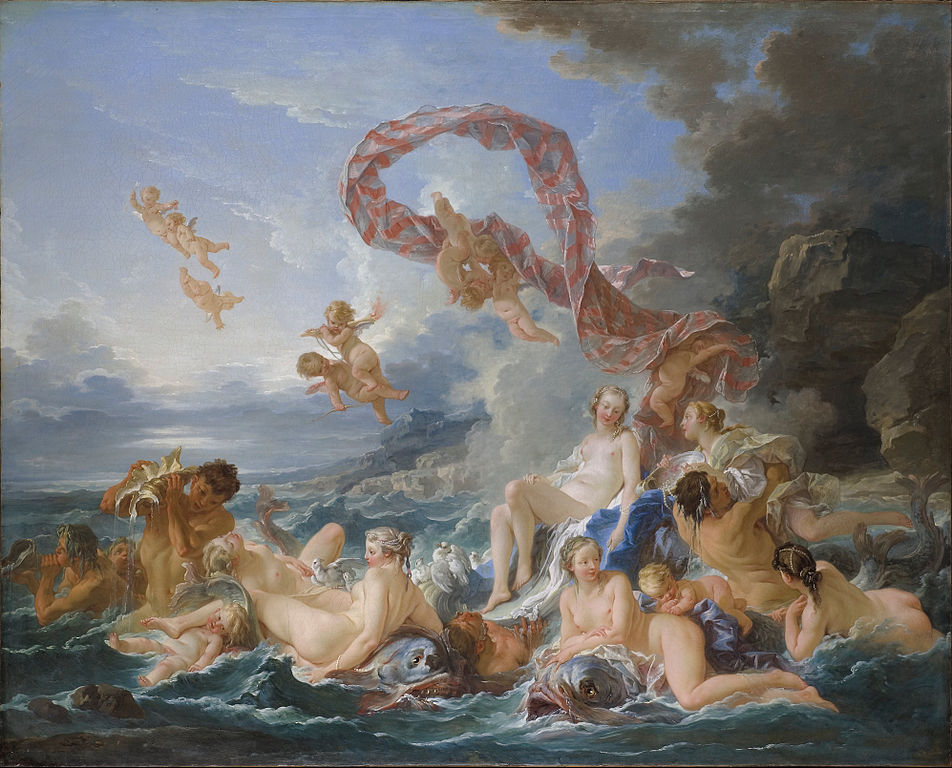
The Rococo paintings featured high levels of detail and were not as heavily-focused on exact proportions as art movements that had come before it.
Also Read: Baroque vs Rococo
The Baroque style was one that was characterized by distinct contrasts between light and dark, which most often represented the difference between good and evil. This movement also sought to inspire viewers with a sense of awe and grandeur in the same manner that Renaissance paintings did in many ways.
In many respects, the Rococo style of painting was a clear departure from the formal methods of presentation of the art styles that had been celebrated throughout Europe until the early 1700’s.
It’s prominence would develop across the continent and also spread into the United States and other parts of the world before Neoclassicism emerged as a movement that sought to revive some of the most notable ideals and traditions from the Renaissance era and other classical time periods.
Neoclassicism Movement Overview
The Neoclassicism era originated in Rome, Italy at a time when the tail-end of the Rococo movement’s time period was winding down.
While the term “Neoclassicism” was not officially bestowed upon this particular period until later in the 19th century, there is ample evidence that the Neoclassicism movement began in the mid-1700’s and would gradually spread throughout Europe throughout the remainder of this century.
As the Rococo movement had mostly pushed the more pious and holy themes away from the mainstream painting styles during its time period, the Neoclassicism movement was one that still showed that artists wanted to pay homage in some way to the influences of cultures and societies that thrived many hundreds of years before this era.
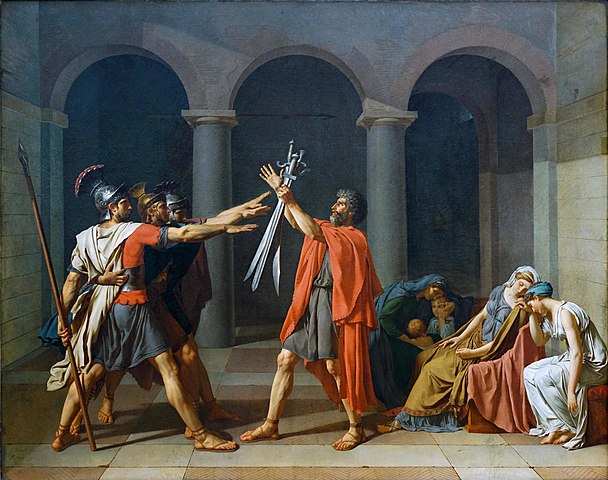
Also Read: Neoclassicism vs Romanticism
Artists from the Neoclassicism movement used various techniques and influences that were taken mostly from the ‘Classical’ historic periods of the Greek and Roman artistic traditions. Many of the most prominent artists from the Neoclassical movement created works that appeared very similar to those of the Renaissance period.
The influence of the Greek and Roman cultures were directly tied to the customary journey that many young artists took as they visited Italy in an effort to learn about the Renaissance movement and what inspired the artists and artworks directly.
It was these trips to Italy, combined with the rediscovery of places like Pompeii and Herculaneum, that helped to inspire a new sense of respect and wonder in these young students when it came to these older, Classical influences.
Social Climates the Led to Both Movements
According to many art historians and critics, both the Rococo and Neoclassicism movements can be directly tied to the social climate in Europe during both eras.
When we look closer at the events and customs that were popular during the Rococo and the Neoclassicism styles, it’s easy to see that the religious sentiment—or lack thereof—played a major role in shaping the overall public viewpoints that would bring about the Rococo and Neoclassicism movements.
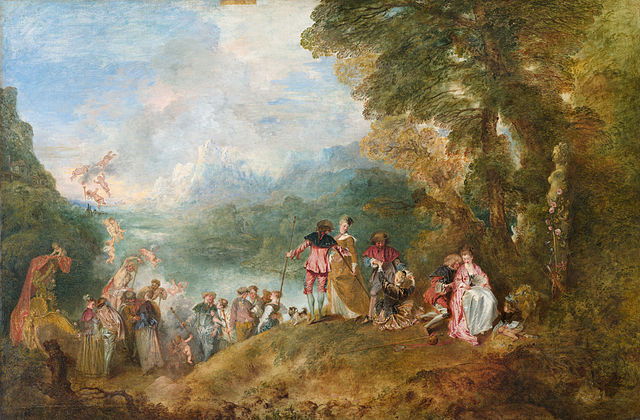
The elaborate and exuberant style of Rococo art is in line with the overwhelming sense of promiscuity and the rise of secularism that accompanied the end of the Baroque period throughout Europe.
As the Catholic Church’s role and level of influence in society became less and less, Rococo painters increasingly created works that continually pressed toward the brink of what was usually socially acceptable in Europe at this time.
The Rococo movement featured paintings that depicted light and warm colors, even if these hues were not a very accurate portrayal of the subjects in reality.
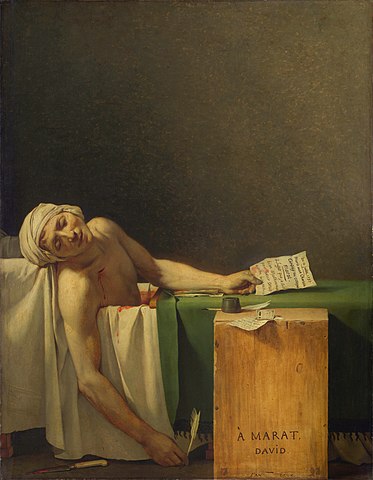
The Neoclassical era saw a rise in elements that were directly tied to the Greek and Roman cultures, but most of the paintings from this era had a much more somber and dark tone to them, especially when compared to the works from the Rococo movement.
While Rococo artists regularly produced works that involved light and playful themes, painters from the Neoclassicism art period developed a style that was much more serious in nature.
The major influence over the Neoclassicism movement was the brutal wars that took place in the American and French Revolution during the late 18th century. This was a time in which war seemed to be commonplace and the death of young soldiers became an occurrence that happened too often.
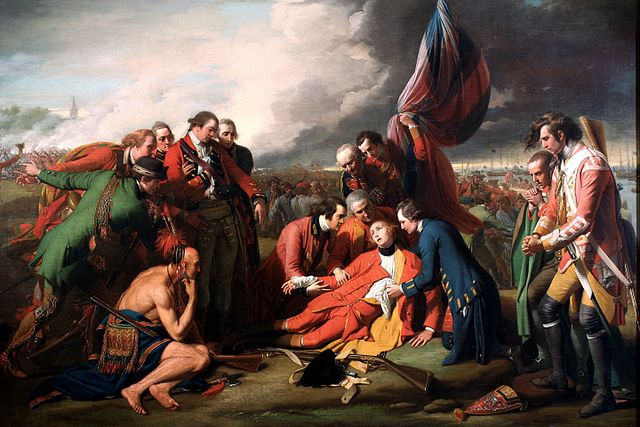
It was the darker undertones of the Neoclassicism era that would be the most striking difference this movement had when compared to the Rococo period that closely preceded it.
The wistfulness of the Rococo movement was replaced with a much more serious nature about the paintings from the Neoclassicism era as most of the artists chose to depict works that were directly tied to various political ideals of the day.
It was this difference that historians point to as being the most striking and vivid contrast between the Rococo vs Neoclassical art periods.
Conclusion
The styles of art that came before and after the Rococo and Neoclassicism movements are also time periods that featured differing social and political climates that managed to alter the sentiment of the people as a whole.
Artists from each movement created works that are so drastically different in tonality and the overall message, yet many of these painting styles might appear to be mostly similar to the untrained eye upon first glance.
The major differences between the Rococo and the Neoclassicism movements were those that dealt with the underlying ideals that shaped the social orders and led to the prominence of a more politically-minded movement in the Neoclassicism era.
The main contrasts we can see after reviewing the causes and influences of both movements is the simple difference between a time that was light-hearted and playful and one that was more serious and direct.

